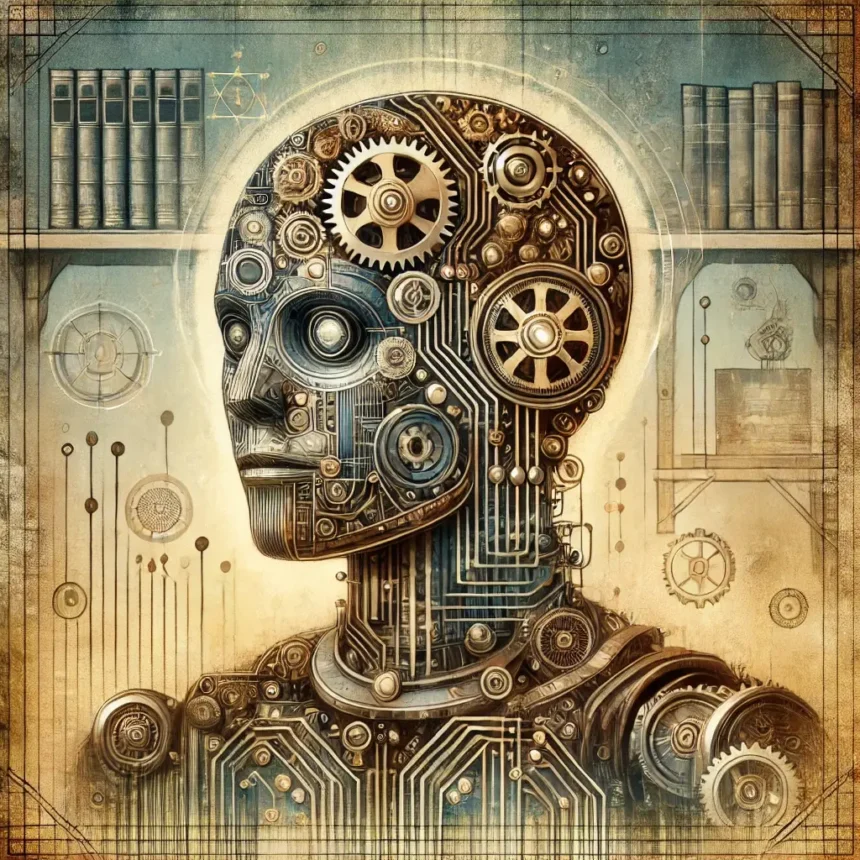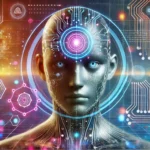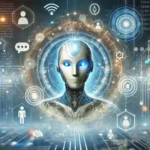Introduction
Artificial Intelligence (AI) has been a part of our lives for decades. In its early days, “old character AI” was far different from the sophisticated systems we know today. This article explores how old character AIs started, its limitations, and its journey through technological advancements. The use of old character AIs has undeniably impacted the development of modern AI systems. Let’s dive deeper into its history and learn how it paved the way for the artificial intelligence we use today.
What is Old Character AI?
Old character AIs refers to the early versions of artificial intelligence focused on character creation in games, storytelling, and simulations. Unlike the advanced character AIs today, which are interactive and highly responsive, old character AI was often simple and programmed with basic responses. In the past, developers used predefined scripts to guide characters’ actions, which gave them limited autonomy.
The primary function of old character AIs was to follow set patterns and rules. Despite its simplicity, it marked a groundbreaking step in technology and human-machine interaction. Old character AI served as the base for more complex AI character developments that followed in the coming decades.
How Old Character AI Worked
Old character AIs worked by following scripts and preset commands. Programmers created a set of rules for these characters, determining how they would behave in different situations. The AI could make decisions based on these predefined instructions but was not autonomous. For example, an old character AI in a video game might attack, defend, or flee based solely on the player’s actions, without any ability to adapt or learn over time.
These early AIs used finite state machines (FSMs) to manage their behavior. FSMs are a computational model used to design simple, rule-based logic. In old character AI, FSMs defined a series of states that a character could be in, such as “idle,” “walking,” or “attacking.” The AI would switch between these states based on input from the environment, ensuring the character followed a basic but fixed pattern.
The Limitations of Old Character AI
Despite being a breakthrough, old-character, AIs had its limitations. Here are some key drawbacks:
- Lack of Adaptability: Old character AIs could not adapt to new situations. It followed fixed rules and behaviors without learning from interactions.
- Predictability: Old character AI used preset responses, making its actions predictable. Players or users could easily anticipate what the character would do next, reducing the overall experience’s excitement.
- Limited Responses: Old character AI could only respond in specific ways. There was no room for improvisation or creativity, often making interactions feel robotic.
- No Learning Capability: Unlike modern AI, old character AI could not learn from past experiences. It simply executed commands as it was programmed to do.
These limitations highlighted the need for more advanced character AIs to mimic human behavior and emotions more realistically.
The Evolution from Old Character AI to Modern AI
Old character AI laid the foundation for today’s more advanced AI systems. With technological advancements, developers sought to create more dynamic and lifelike characters. Here’s how the journey from old character AI to modern AI unfolded:
- Introduction of Machine Learning: One significant leap from old character AI was the introduction of machine learning. Modern AI systems use machine learning algorithms to analyze data, adapt, and learn from interactions. This shift allowed character AIs to become more unpredictable and versatile.
- Neural Networks: The development of neural networks revolutionized character AI. These networks enable AI to process vast amounts of data, recognize patterns, and make decisions without human intervention. Unlike old character AI, which relied on predefined responses, neural network-based AI can simulate complex human-like behaviors.
- Natural Language Processing (NLP): Another major advancement was the incorporation of NLP. With NLP, modern character AIs can understand and generate human language, allowing more meaningful user interactions. This was a far cry from the scripted dialogues of old character AI.
- Autonomous Learning: Modern AI characters can learn autonomously through interactions, which was impossible with old AI characters. This ability to learn and adapt has made AI-driven characters more engaging and realistic.
Examples of Old Character AI in Video Games
Old character_AIs was commonly used in early video games. Here are some classic examples:
- Pac-Man: In Pac-Man, the ghost characters follow simple patterns based on the player’s movement. Their AI was programmed with rules that dictated how they chased or evaded the player, showcasing the basics of old character_AIs.
- Super Mario Bros.: The enemies in Super Mario Bros. had fixed movements and actions. For example, Goombas walked in a straight line until they hit an obstacle. This behavior was predetermined by the game’s old character_AIs, with no room for adaptation.
- Tamagotchi: This digital pet simulation used old character_AIs to create lifelike behaviors. Tamagotchis followed simple rules for eating, sleeping, and playing, giving them a sense of life, even though they could not learn or adapt.
These early implementations of character AI set the stage for more complex and interactive AIs in modern gaming.
The Impact of Old Character AI on Modern AI Development
The contribution of old character_AIs to modern AI cannot be understated. It was the starting point that spurred further research and innovation. By understanding the shortcomings of old character_AIs, developers worked to overcome these challenges, leading to more sophisticated systems.
For instance, the predictability of old character_AIs motivated researchers to develop learning algorithms, enabling AI to adapt and grow over time. Similarly, the lack of natural language understanding in old character_AIs pushed the development of NLP, which now allows AI to engage in human-like conversations.
Modern Uses of Character AI
Today, character AI has evolved beyond its old form and is now widely used in various fields:
- Video Games: Modern character AI can adapt to player behavior, create unique storylines, and provide an immersive experience. These AIs are far more dynamic than their predecessors.
- Virtual Assistants: AI characters in virtual assistants like Siri and Alexa use advanced machine learning and NLP to interact with users. Unlike old character_AIs, which followed preset instructions, these systems learn from user input.
- Healthcare Simulations: Character AI is used in healthcare simulations to train professionals. These AIs can simulate complex scenarios, creating a more realistic and engaging learning experience.
- Customer Support: Chatbots and virtual customer service representatives utilize character AI to handle customer inquiries efficiently. They use learning algorithms to improve responses over time.
Why Study Old Character AI?
Studying old character_AIs is crucial to understanding the progression of AI technology. It provides insight into the early challenges of creating autonomous characters and how they were gradually overcome. Moreover, it helps us appreciate the current state of AI and the remarkable advancements that have been made.
Researchers and developers can identify areas for improvement in modern systems by analyzing old character_AIs. This historical knowledge is invaluable in pushing the boundaries of what AI can achieve in the future.
FAQs
Q1: What was the main limitation of old character_AIs?
The main limitation was its need for adaptability. Old character_AIs followed fixed patterns and could not learn or adapt to new situations.
Q2: How did old character_AIs work in video games?
Old character_AIs in video games worked by following preset scripts and rules. Characters would act based on predefined conditions without adapting to player actions.
Q3: Can modern AI learn like old character_AIs?
Modern AI can learn and adapt through machine learning algorithms, which old character_AIs could not.
Q4: What impact did old character_AIs have on modern AI?
Old character_AIs laid the foundation for modern AI development. Its limitations prompted the creation of more advanced algorithms, leading to our adaptable and interactive AI systems.
Q5: Why is it important to study old character_AIs?
Studying old character_AIs helps understand AI’s evolution and guides the development of future technologies by learning from past challenges and solutions.
Conclusion
Old character_AIs was a pivotal point in the history of artificial intelligence. Despite its simplicity and limitations, it set the foundation for the more advanced character AIs we use today. Understanding the old character of AIs, its functions, limitations, and impact gives us valuable insights into its evolution. As technology advances, the lessons learned from old character_AIs will continue to shape future developments in artificial intelligence.





